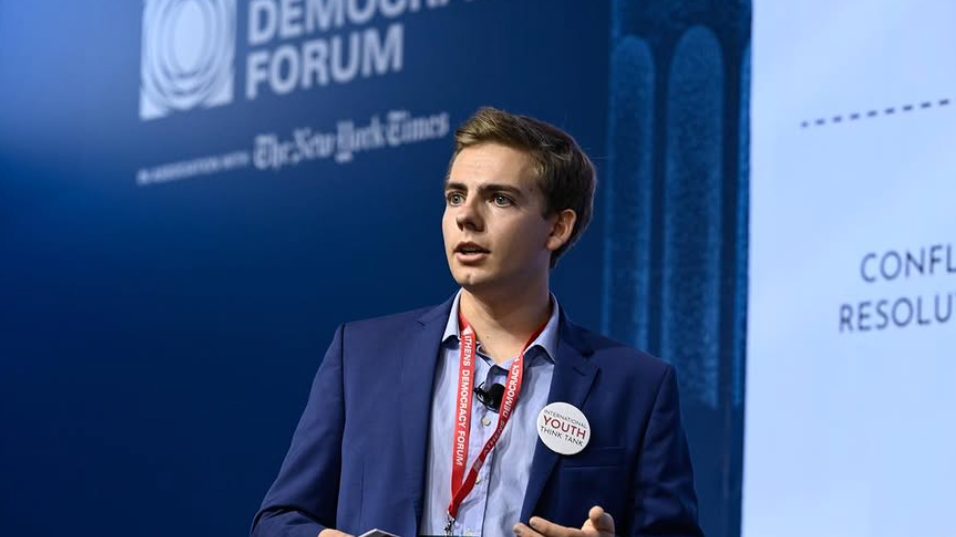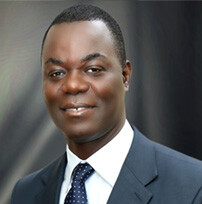Art as a Catalyst for Change
Our Strategic Communications Practice Lead, Vefa Veisalova caught up with Rozhgar Mustafa, a contemporary artist based in Sulaymaniyah (Kurdistan, northern Iraq) and whose work features on www.incasconsulting.com. Rozhgar's art is a powerful commentary on the pressing themes of peace and conflict in the midst of a complex and conflicted society. Here is her interview.
What inspired you to use art as a medium to address themes of peace and conflict?
Rozhgar: The work featured on the INCAS website was created during the 2011 demonstrations at the city centre, Sara square, the most important spot in Sulaymaniyah. People gathered there to protest against government corruption. These protests in Kurdistan were rooted in a deeper political and social conflict, demanding justice and equality. As an artist, when I sense any threat to social equality, I feel compelled to reflect through artwork or actions. I observed inequality during the demonstrations, where a rope created a border, separating a mass of men from women protesting at the same place.
I, along with five male protesters, passed through the demonstration with five plastic female mannequins. Despite being six months pregnant with my daughter Sama, I was excited and insisted on this performance. I aimed to create an ironic yet real situation. The reality was even harsher than I expressed and performed. People were angry and tired, but I believed this was the time for me, as an artist, to create and work in the same place where they could be participants. Using these situations as methods could make a significant impact, more important to me than exhibiting in a clean gallery space.
What impact do you hope your art has on viewers, especially in the context of promoting peace and understanding conflict?
Rozhgar: I hope the recent artwork I've created will have a significant impact, at least on a small portion of conflict-ridden regions and society. Most of my artwork is done in live action, attracting people to participate and share their issues related to the performed subject. This way, I can share what I feel with the viewer at the same place, along with a robust discussion about what I am performing and showing. Other titles of my work include:
-
Who knows I wouldn’t be killed right now right here (2018)
-
Where ever I go I get hurt (2017)
-
I am similar to my father (2013)
-
War womb (2023)
-
I sacrifice for you (2016)
-
One scarf in 47 scarves (2021)
-
My mother washed the mountain (2021)
-
I am not shooting Nimrud (2019)
You can learn more about how I view my art in other interviews I have done, such as for Ruya Foundation and the Culture Project, and see other works at the Imago Mundi Collection.
What would you like to convey to those who will be viewing your art on our website?
Rozhgar: I practice my artworks and live actions in a very unstable and conflicted society, which, despite its nice and friendly nature, poses risks to my life. I have two children; both are very helpful and strong. However, I wish them a better life, as I do for many more children in my country. As an artist, I put myself at risk to perform the subjects I want to work on and to lead society to a better place. Above all, I always feel happy to work on new projects continuously and powerfully. My recent project addresses military drones everywhere, a public collective art project, a significant subject in Kurdistan nowadays. The whole society is scared of the term military drone, so I decided to host a live event to address my sentiments.
 By
By


